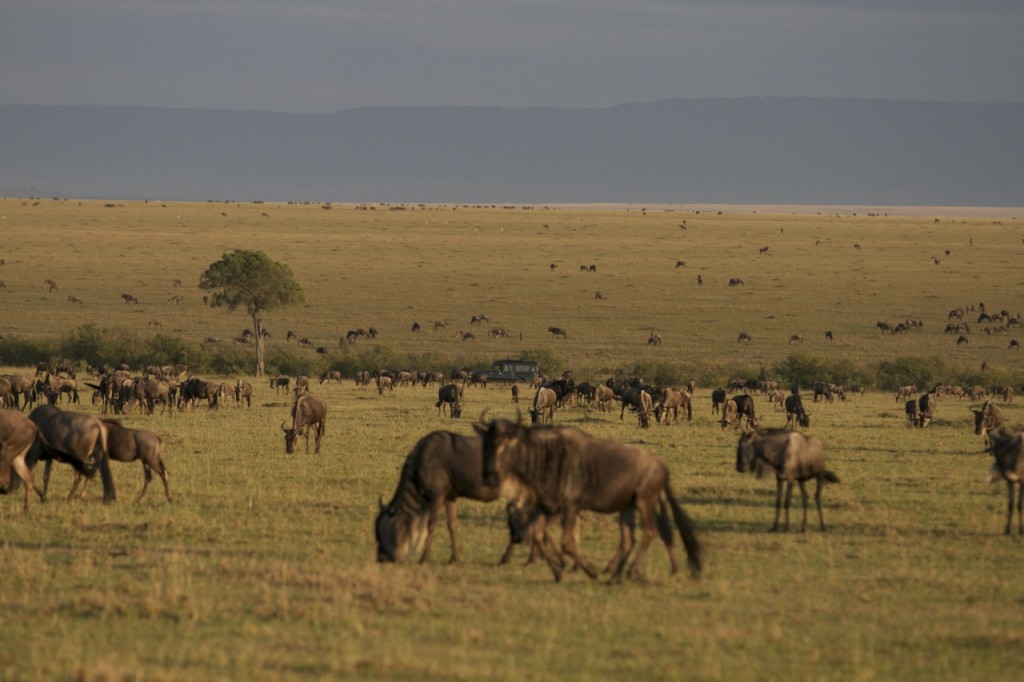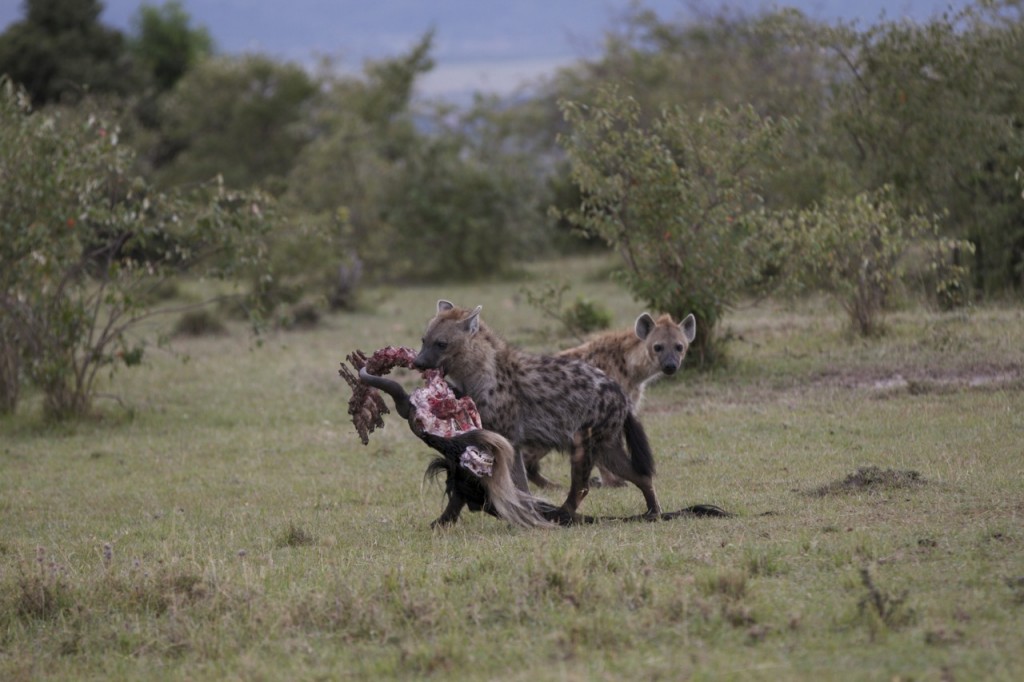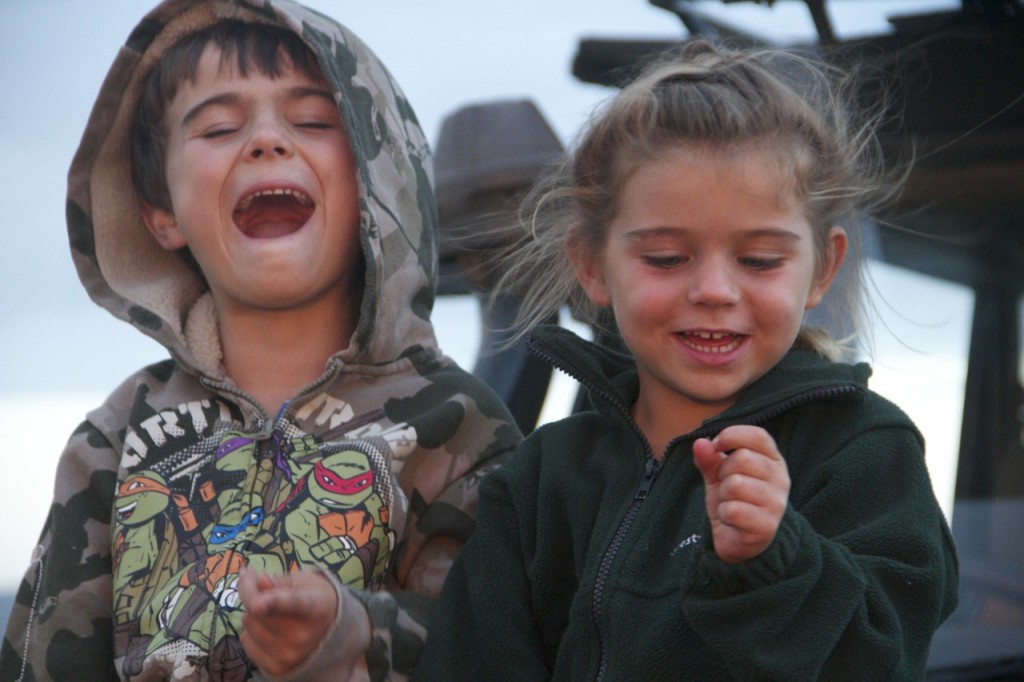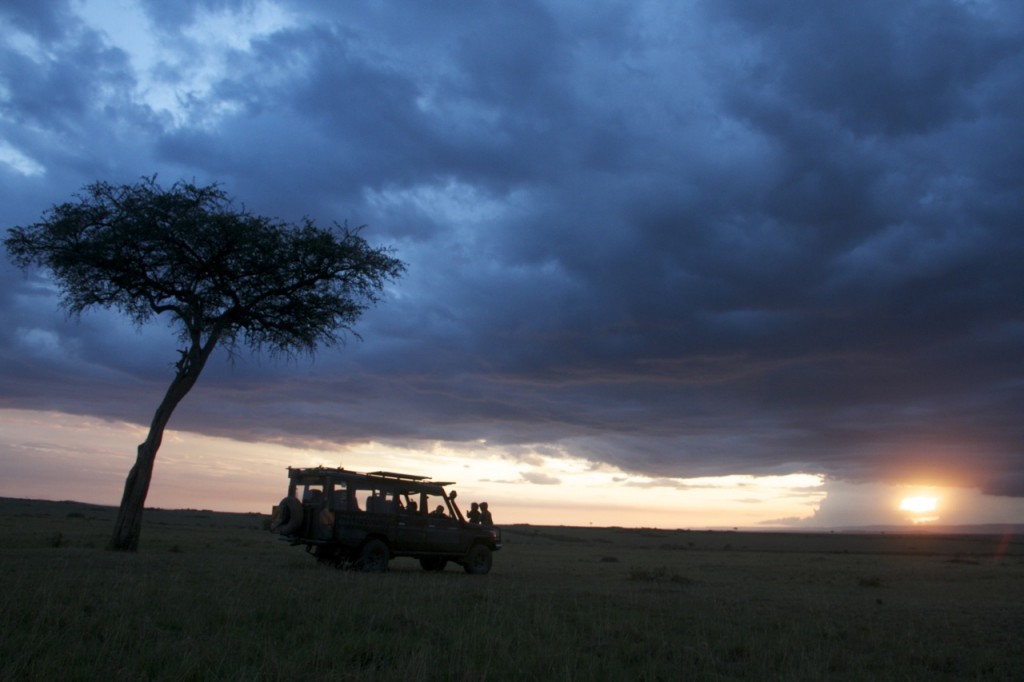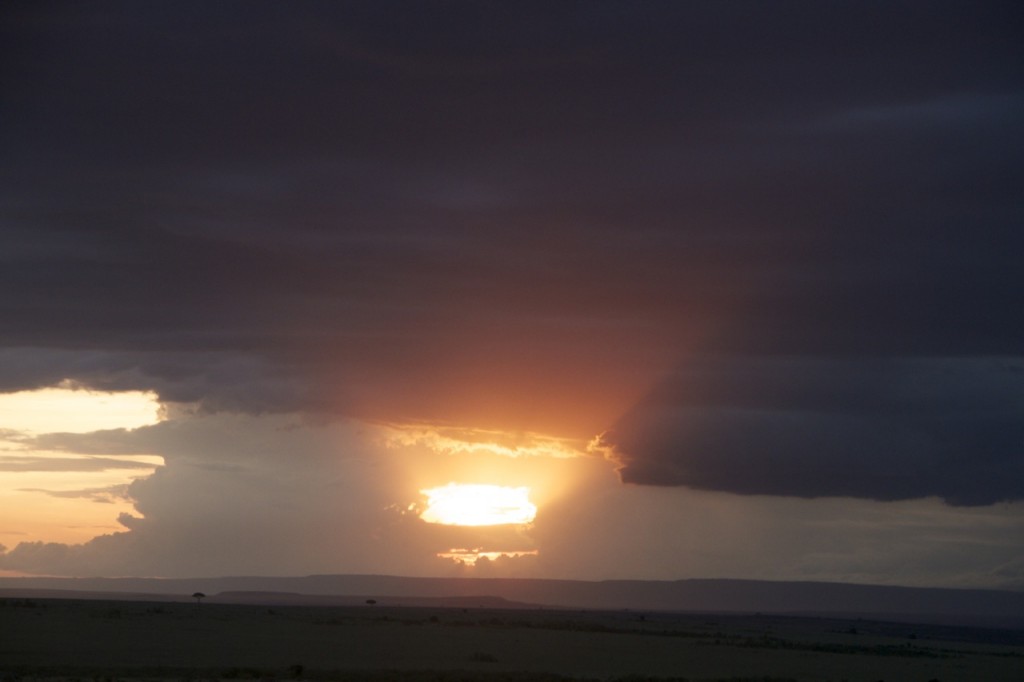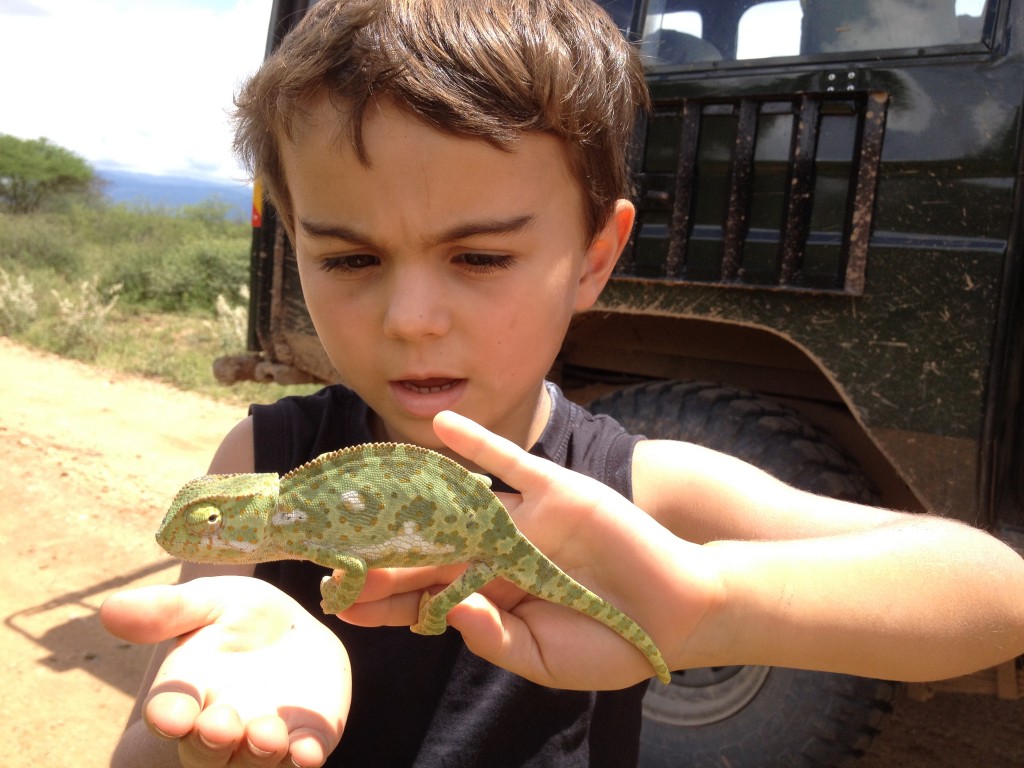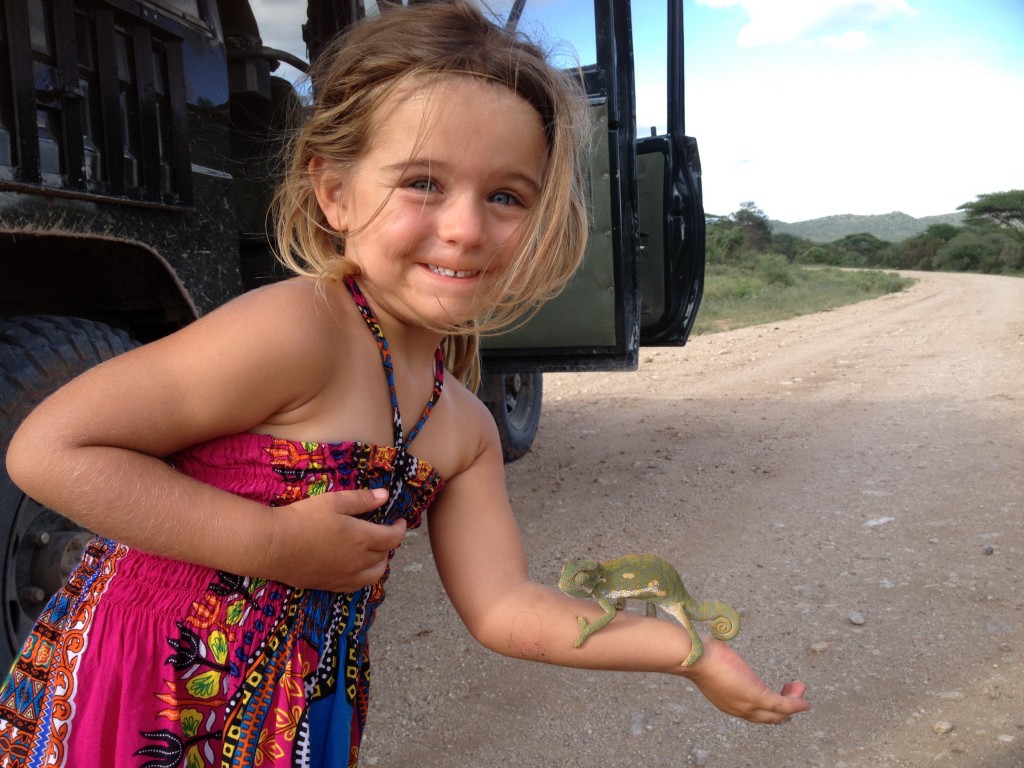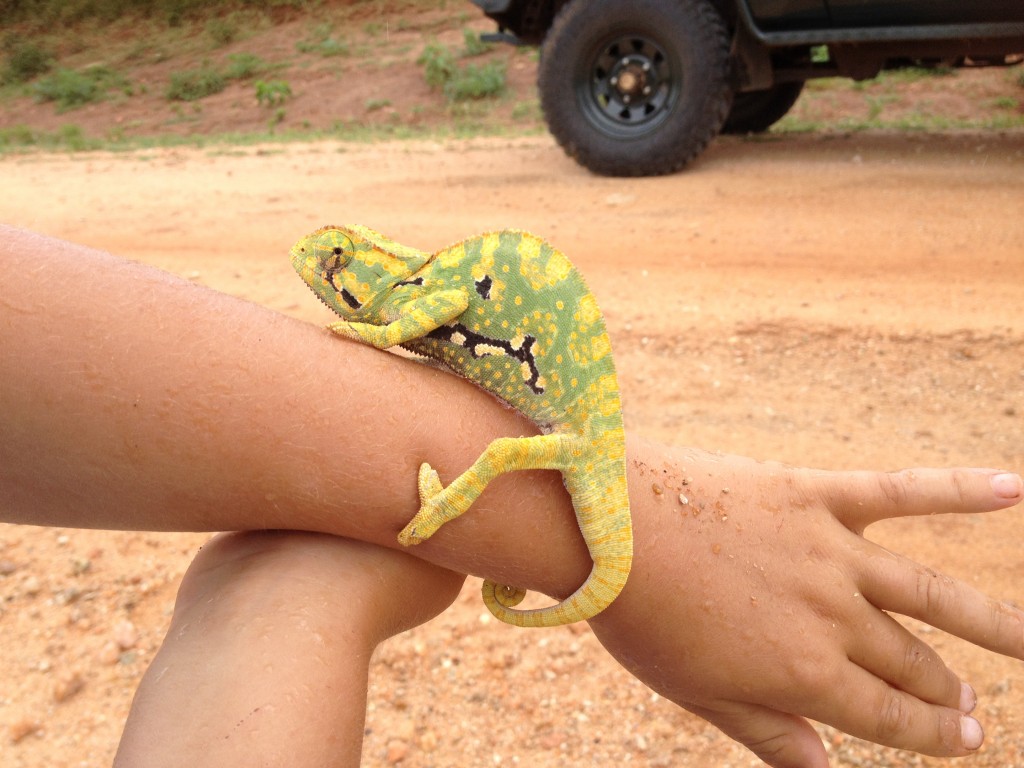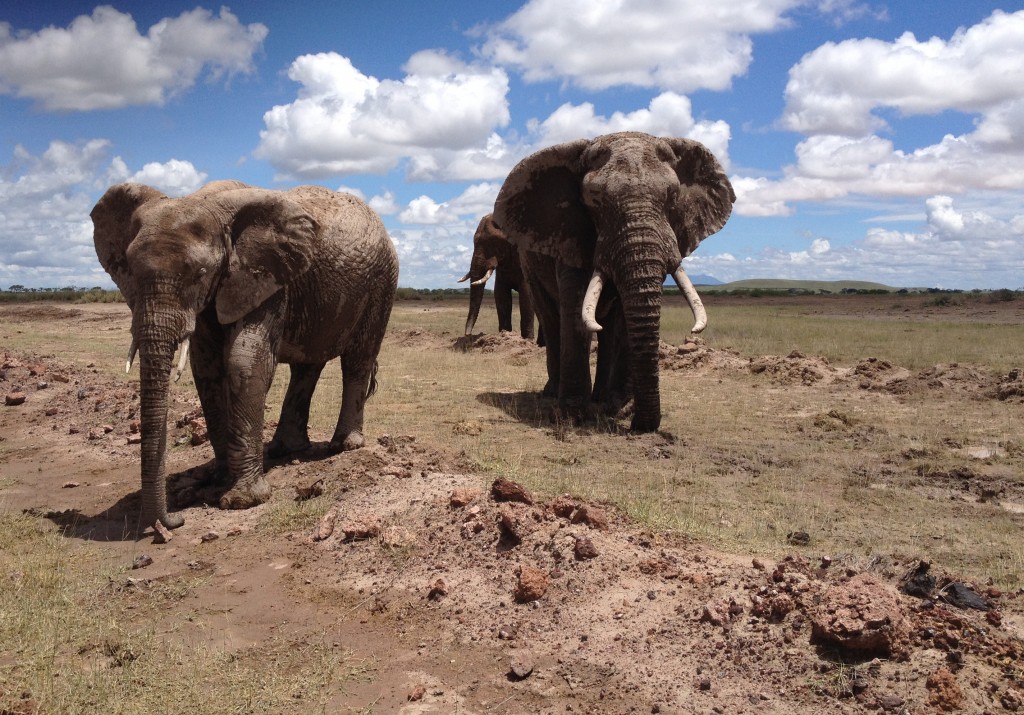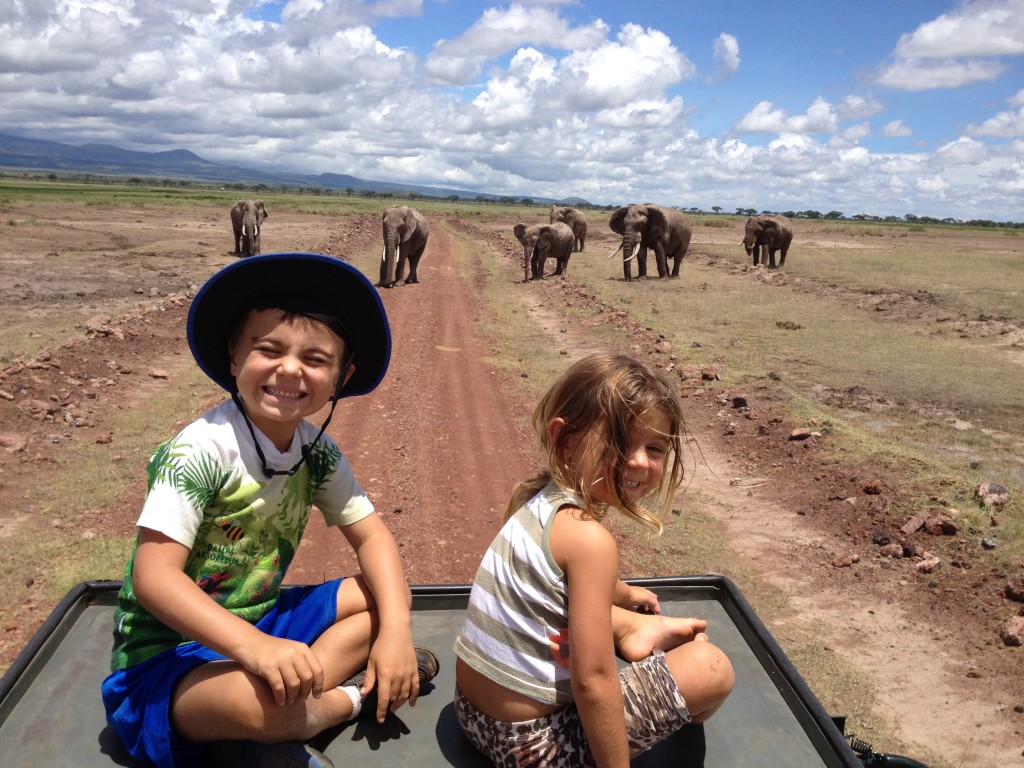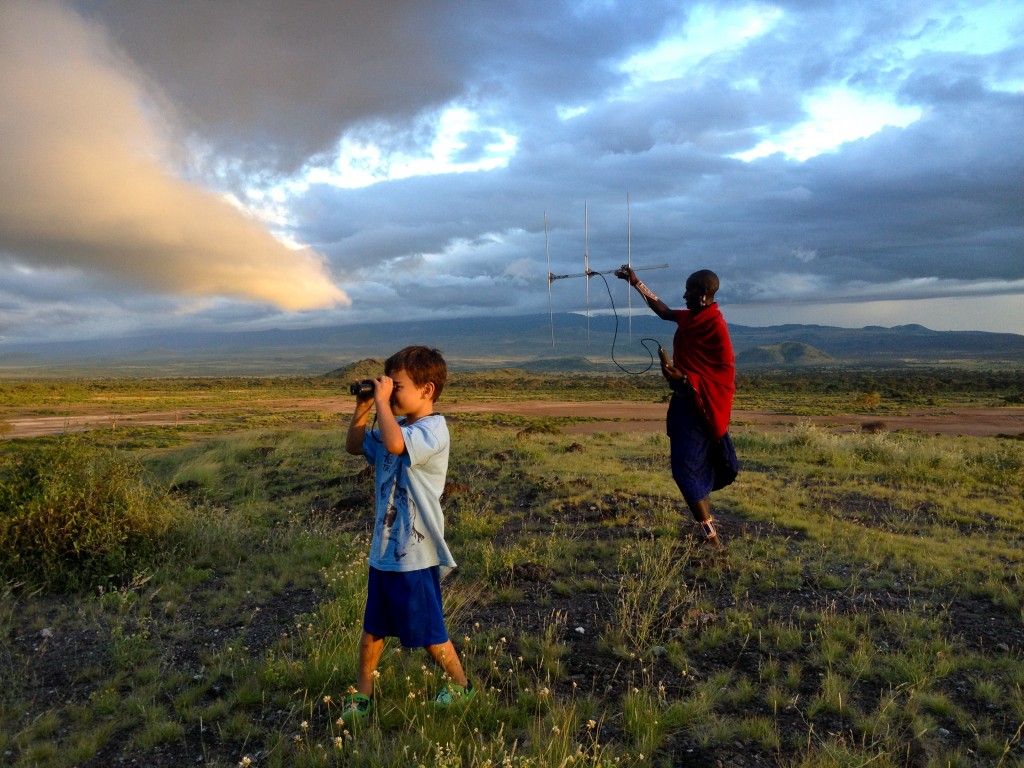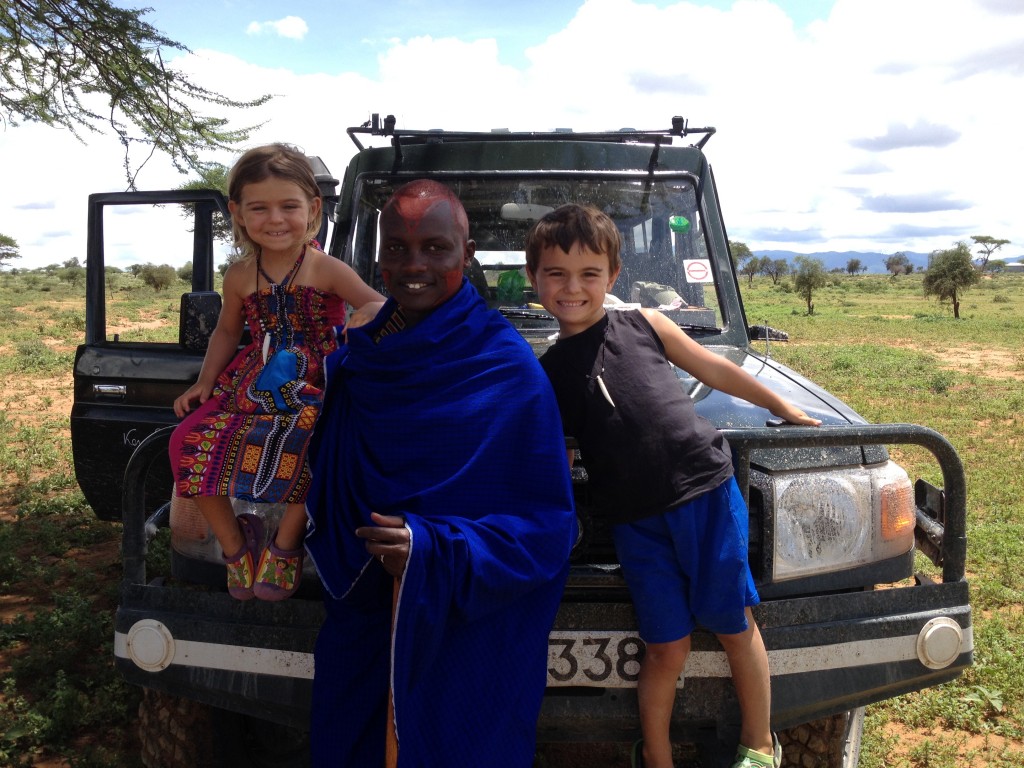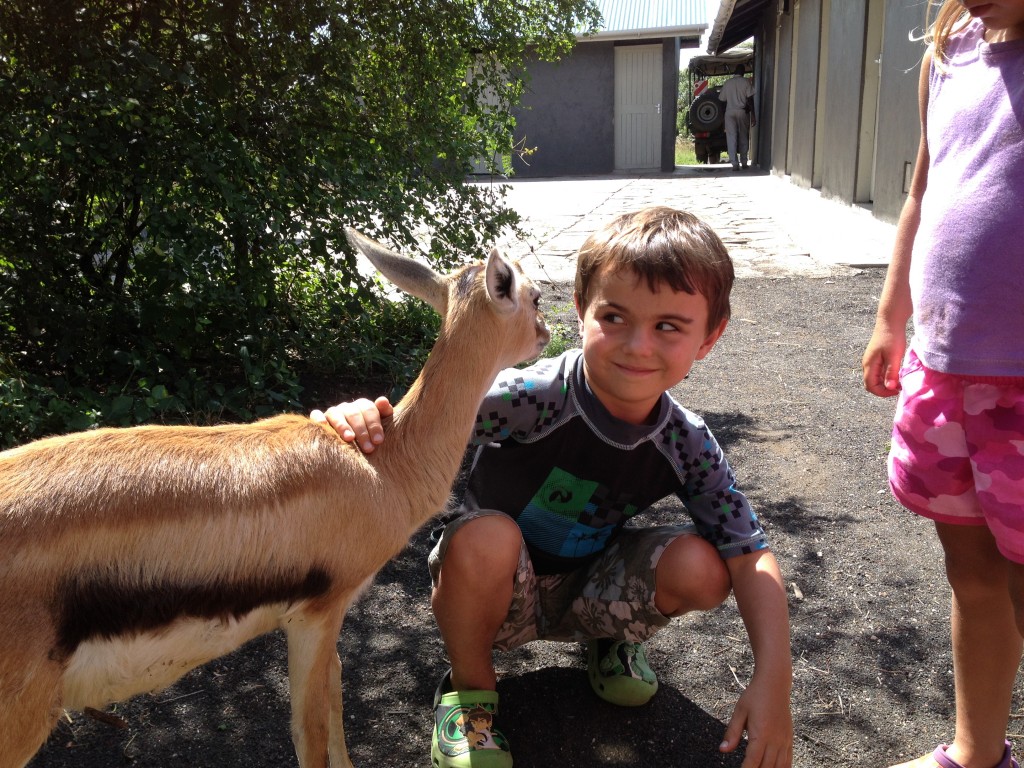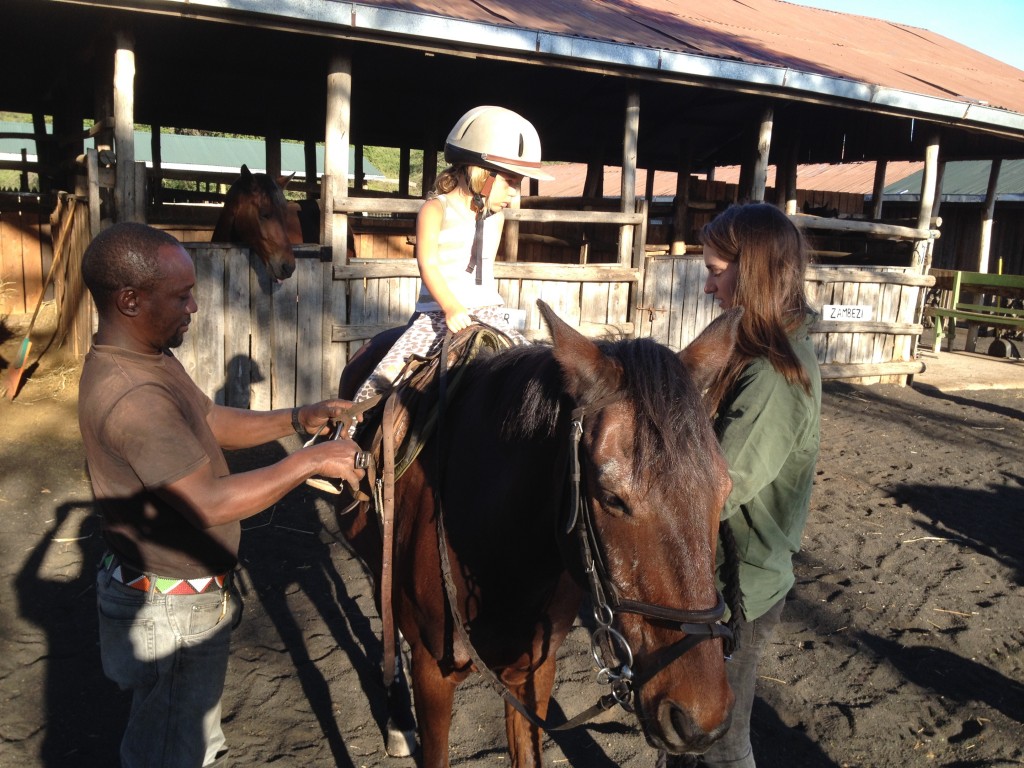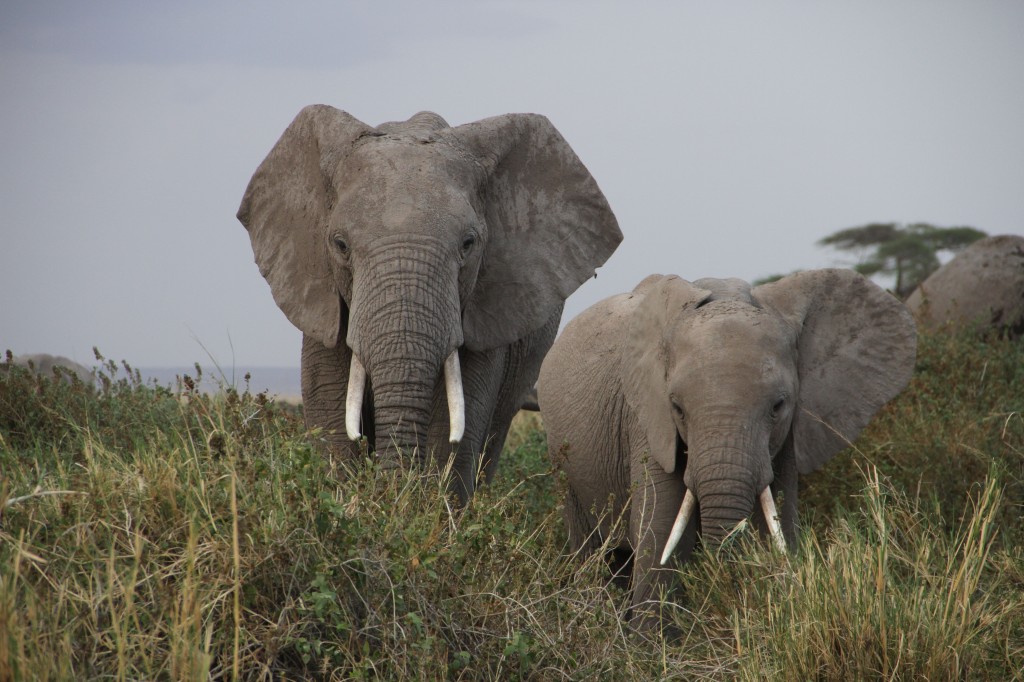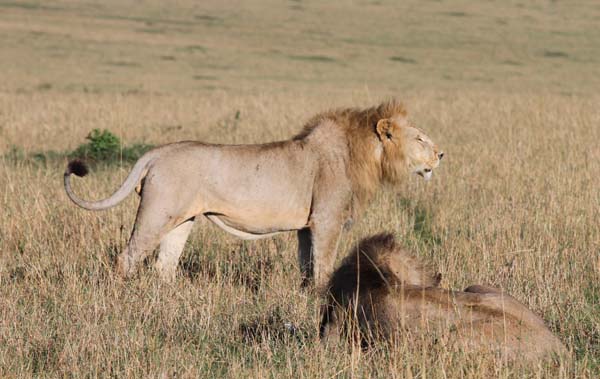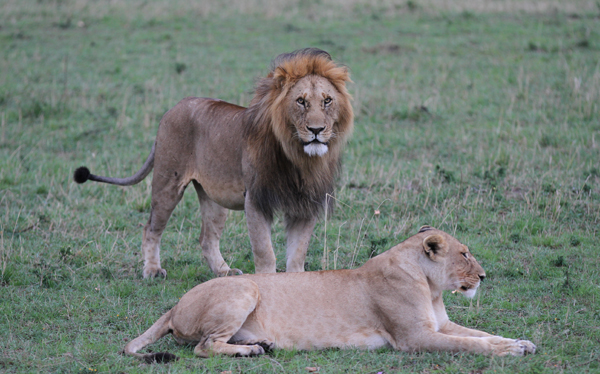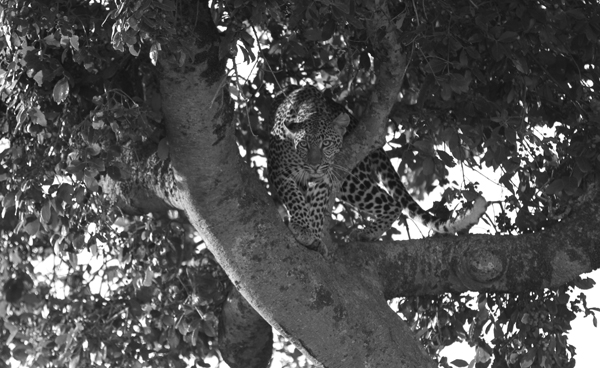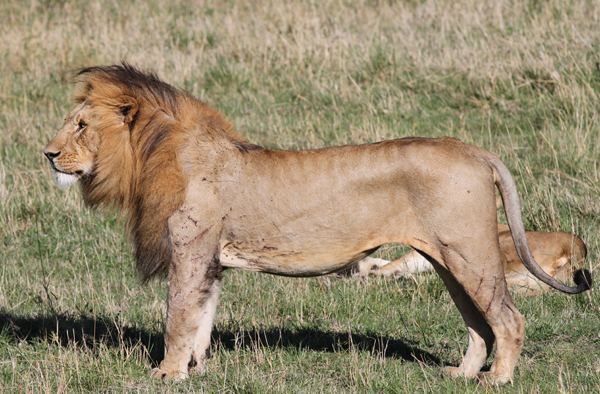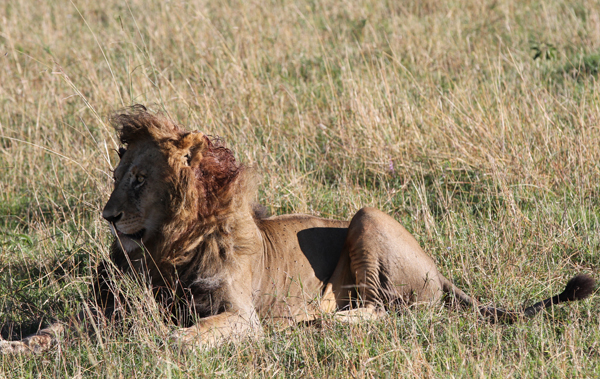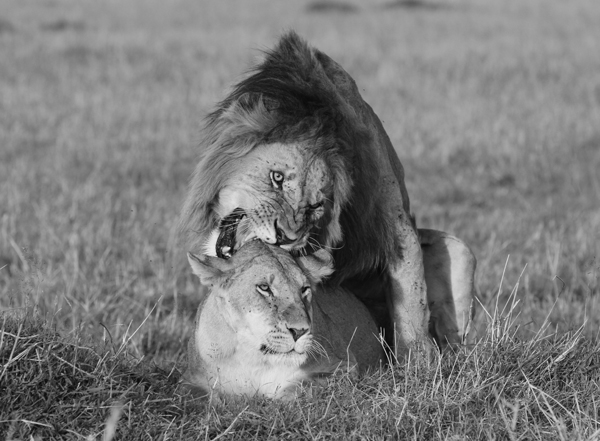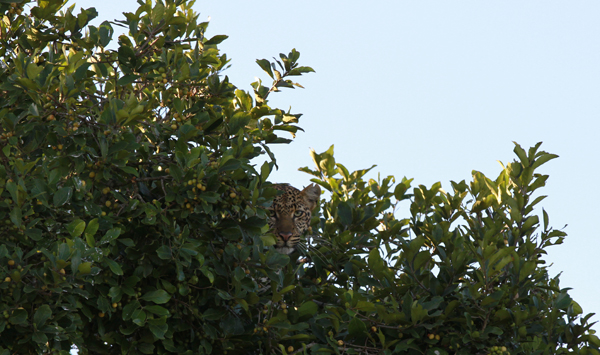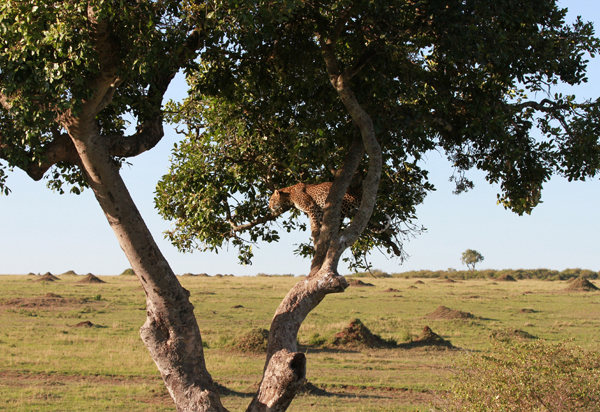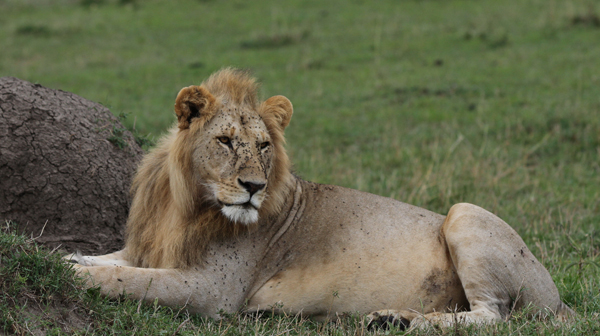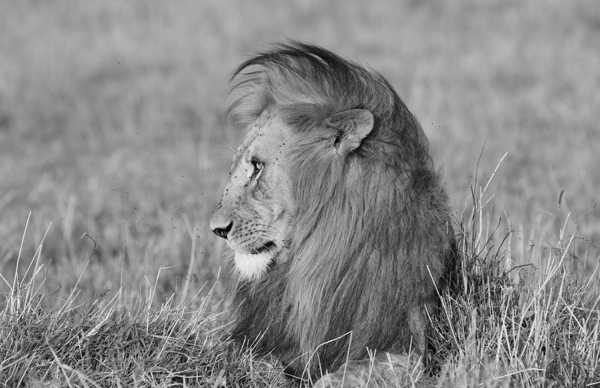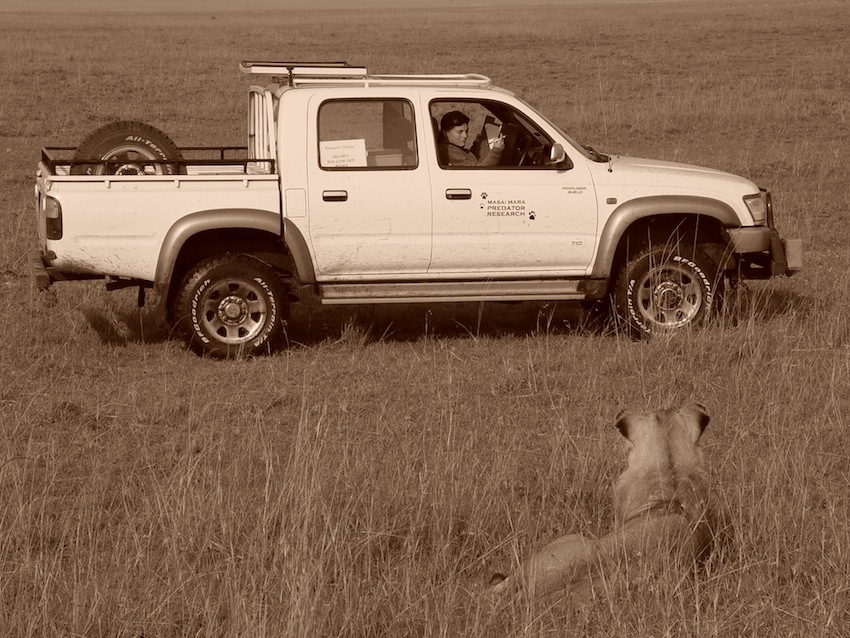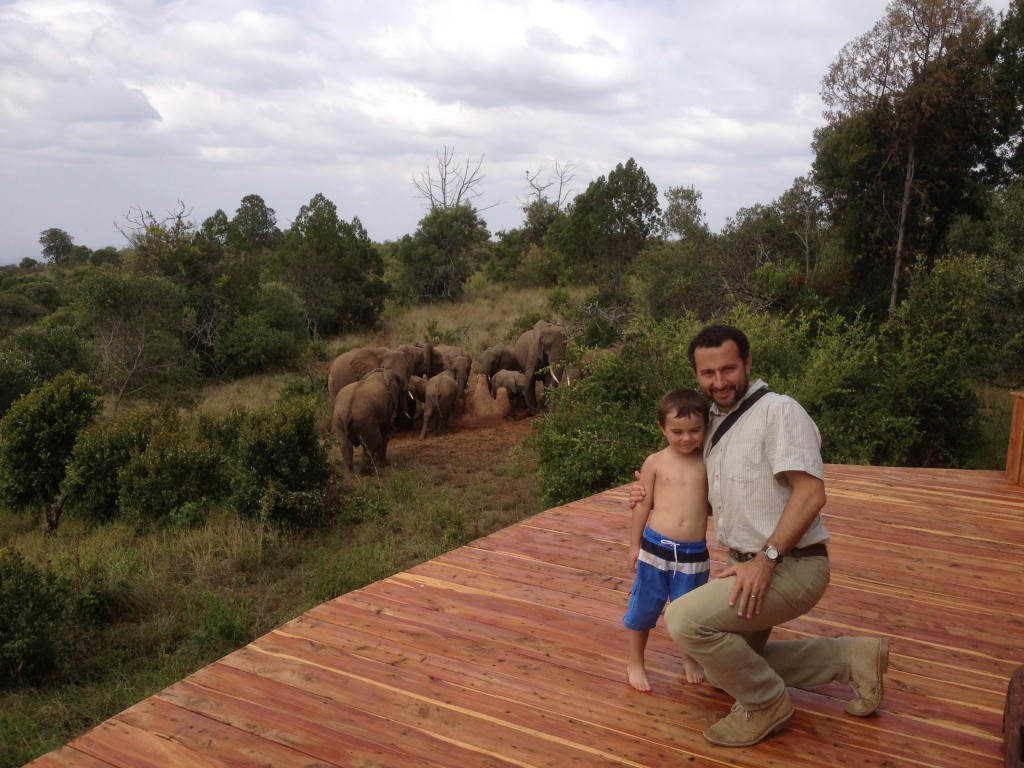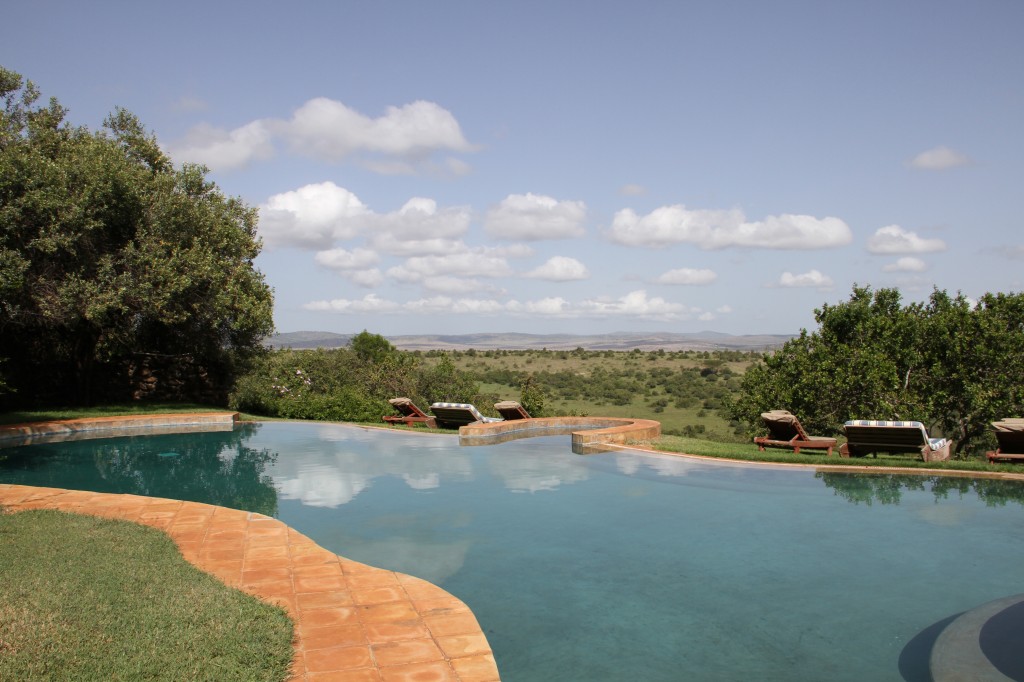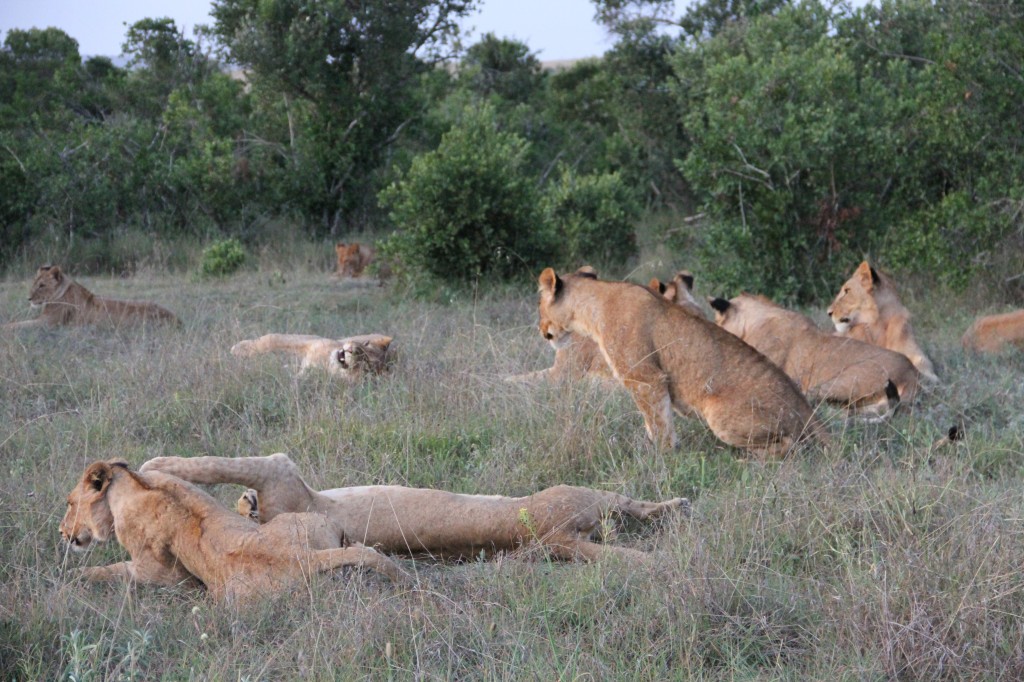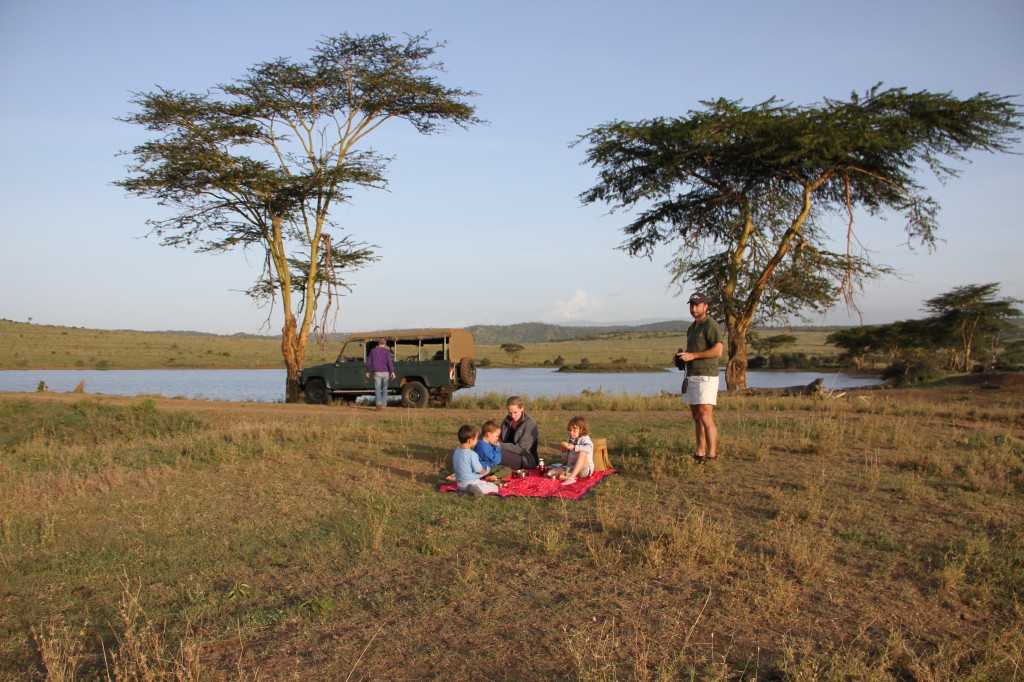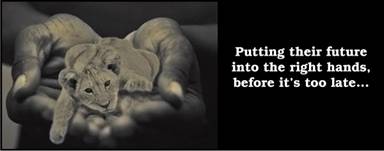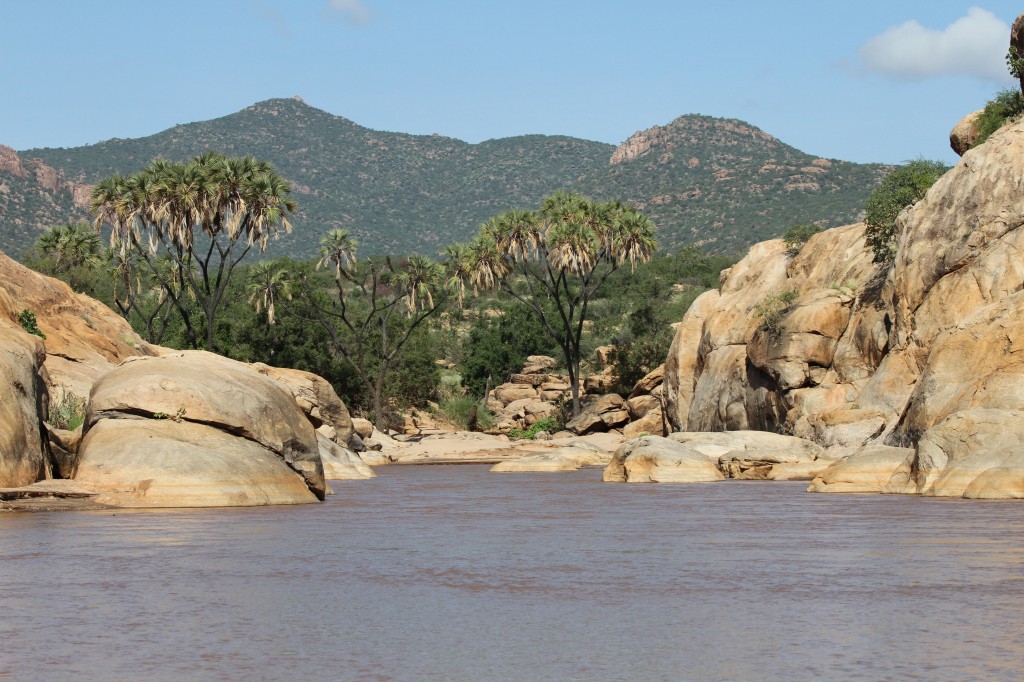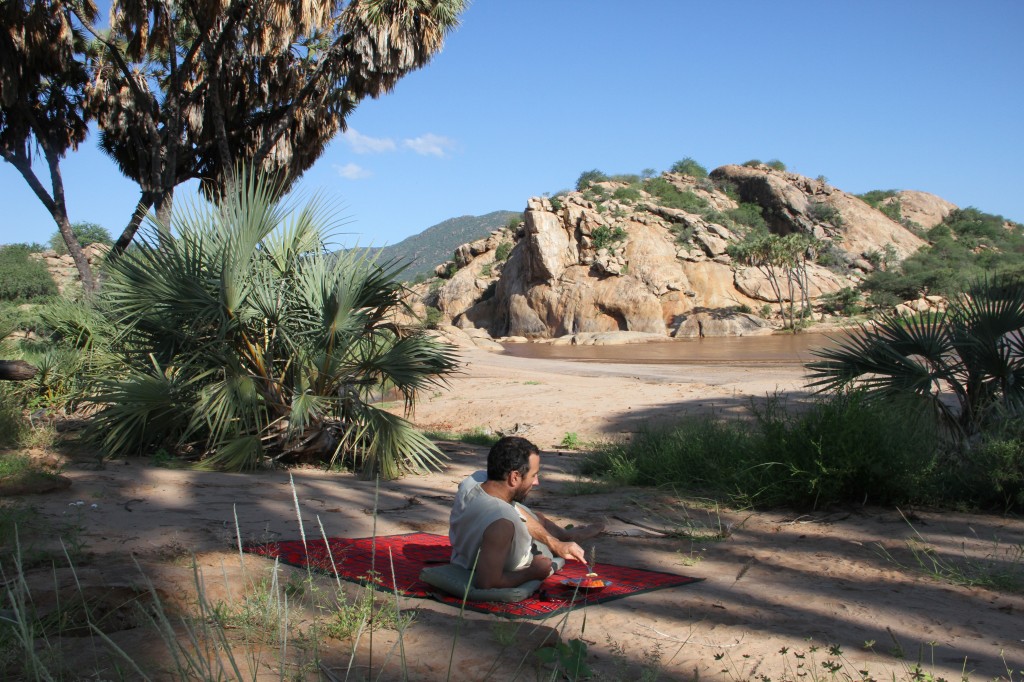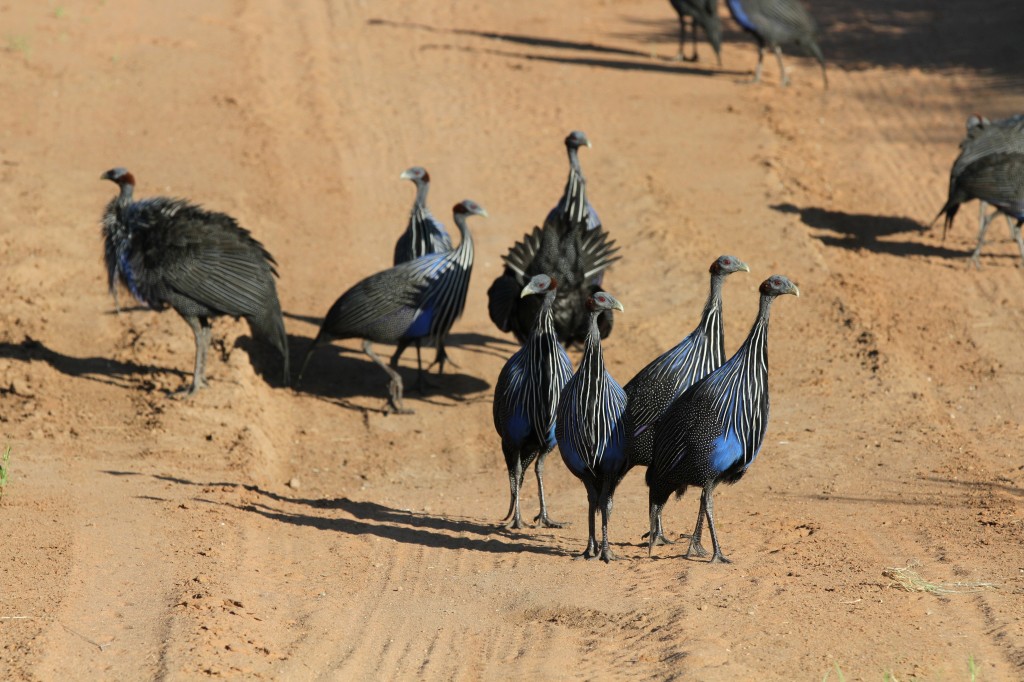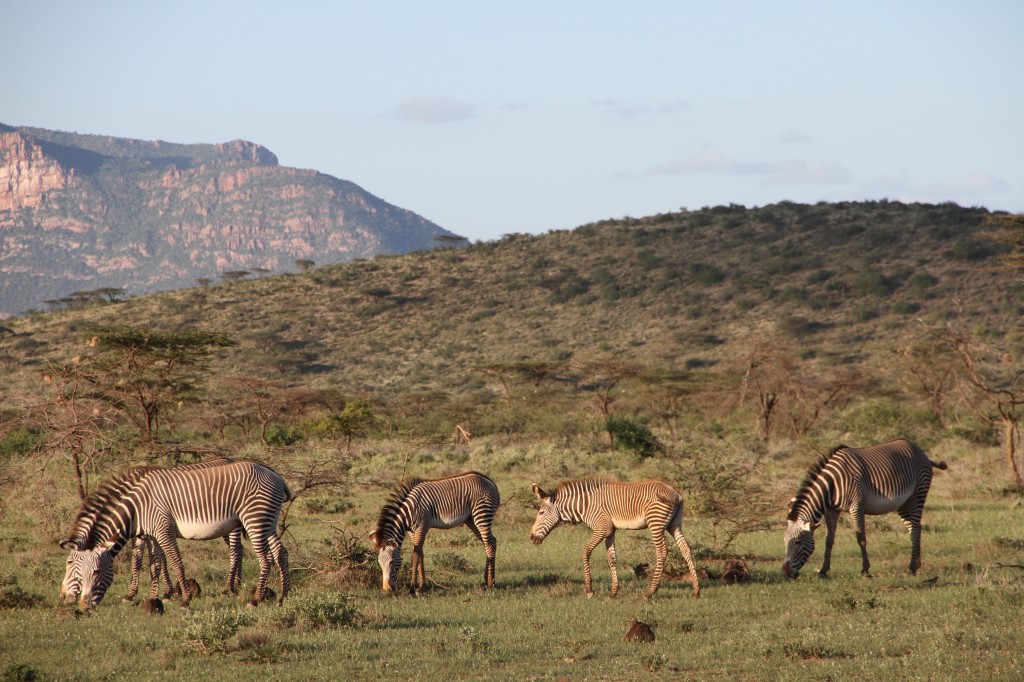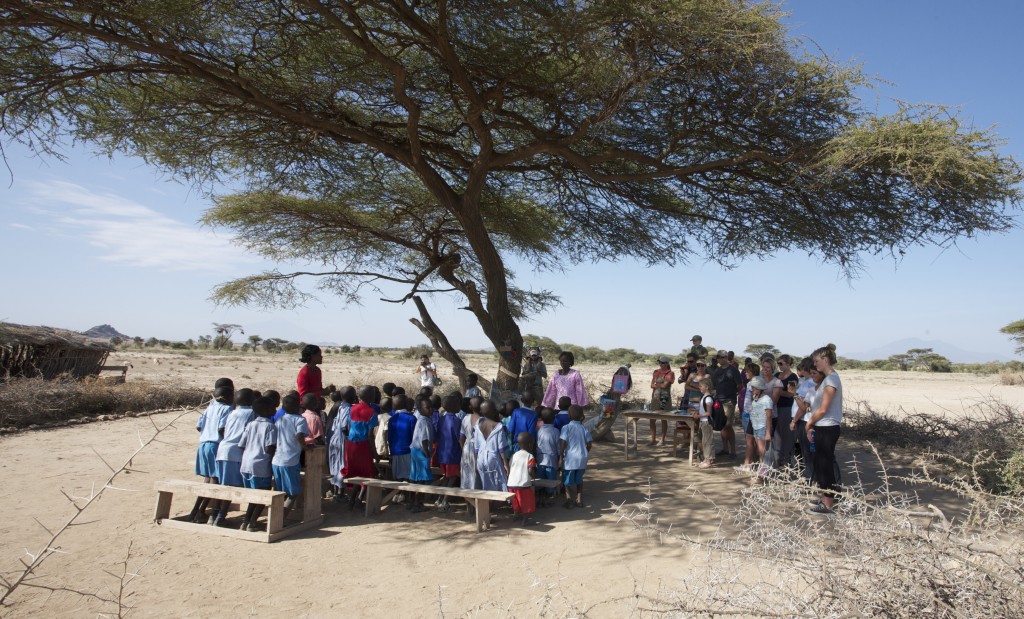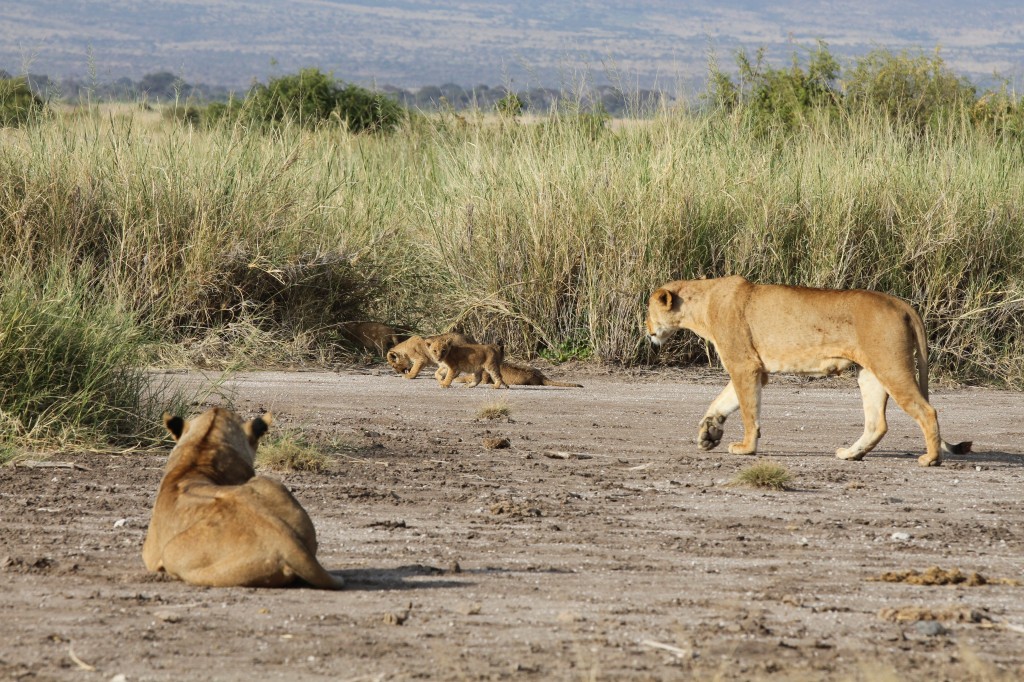We do not typically go on safari in the Masai Mara in May. It is often raining, the black cotton mud is horrible, the grass can be six feet tall, and the migration is still in the Serengeti. But this year we made a trip to fisi camp, and we are very glad we did!
Stephanie first spent a few days teaching the fundamentals of science writing to students participating in the Michigan State University study abroad course Behavioral Ecology of African Mammals and to a couple of the research assistants at The Mara Hyena Project, where she did the field work for her PhD. Fisi is the Swahili word for hyena, and we were lucky to spend some quality time with the Talek hyenas at their den and on a fresh kill. Steph even saw an old friend – Yogurt, daughter of Moonpie! Yogurt was the last cub born in the clan before Steph finished her field work in 2002, and the last cub she named. The Talek clan is now the largest it has been since research on these hyenas began in 1988, and we are looking forward to catching up with the hyena researchers to get the latest news this safari season.
We were amazed by how many wildebeest and zebra were there -unusual for this time of year. It turns out that the smaller, local “Loita” migration was already in the reserve. The larger migration from the Serengeti has also just started crossing into Kenya, making it an early year for the migration – and a fantastic time to be on safari! Of course, for the kids ANYTIME is a great time to be on safari….
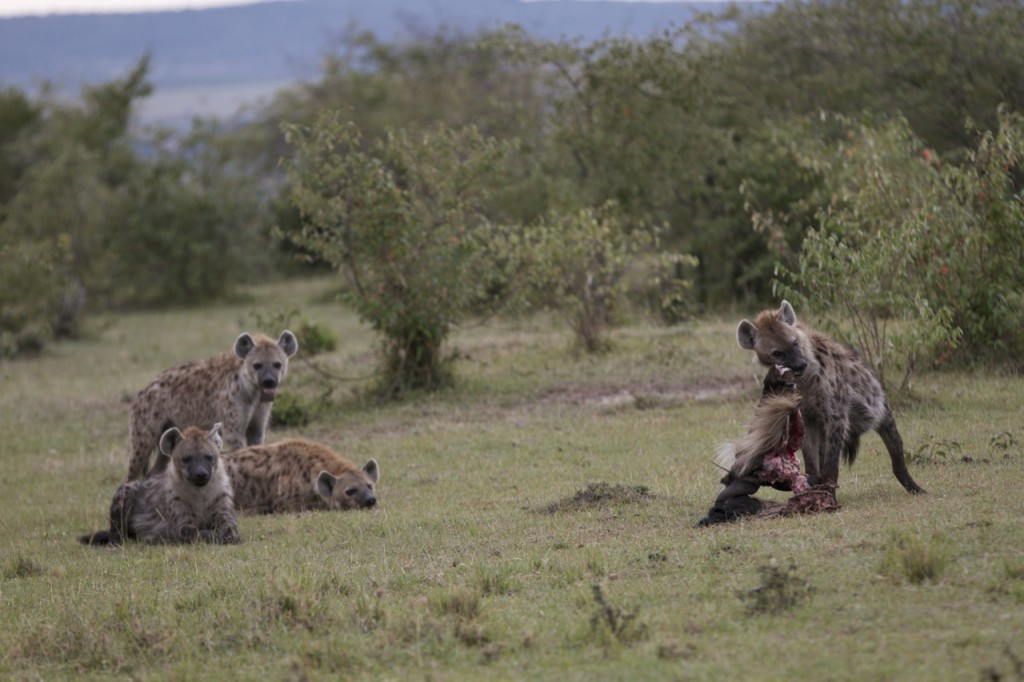
Lamu feeds on a freshly killed gnu….while the lower ranking members of the Talek clan wait for some scraps.
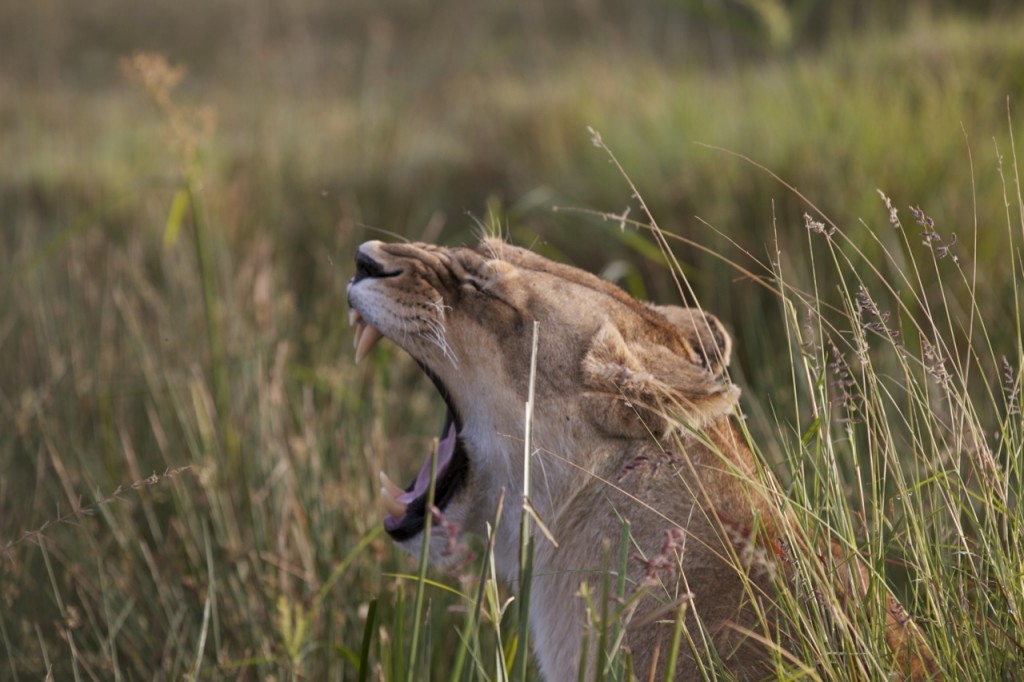
A young adult lioness of the Fig Tree pride, who was hiding a large cub in the grass of Horseshoe Lugga

